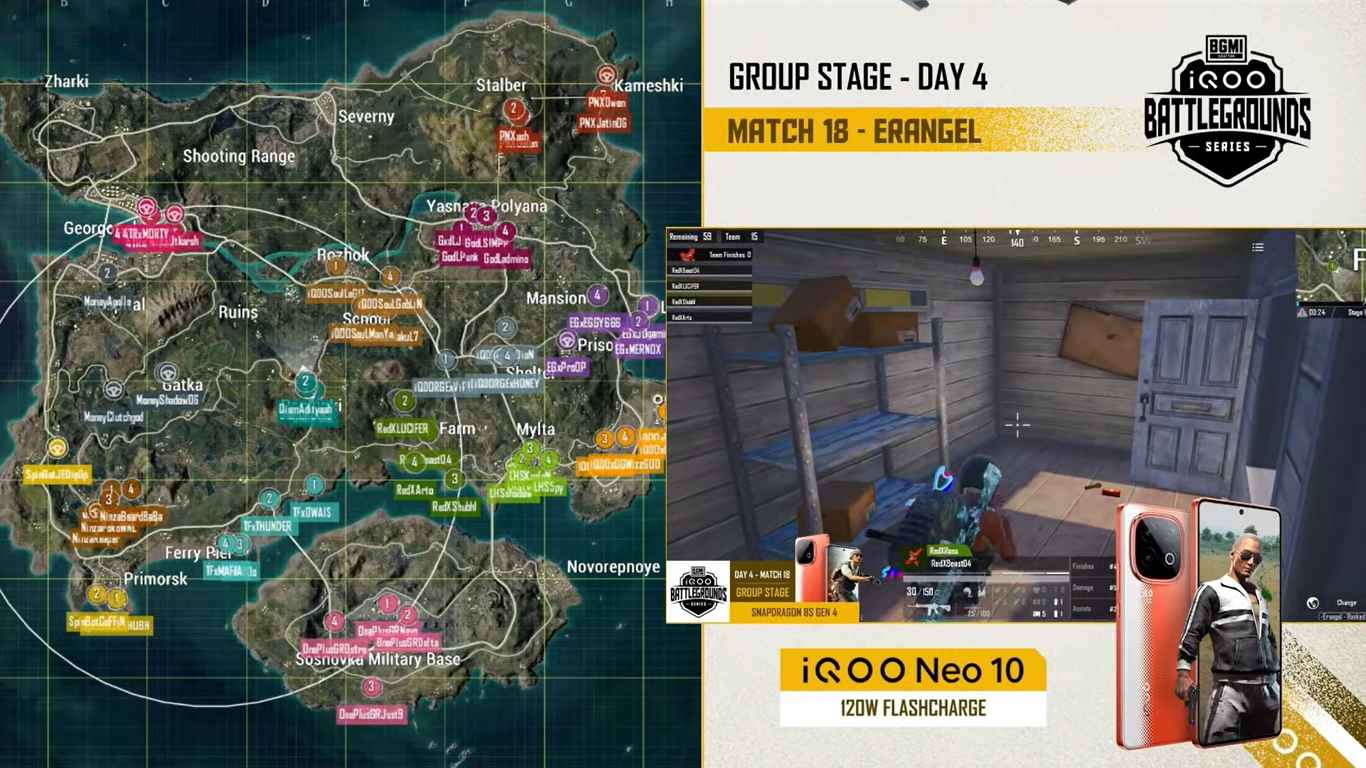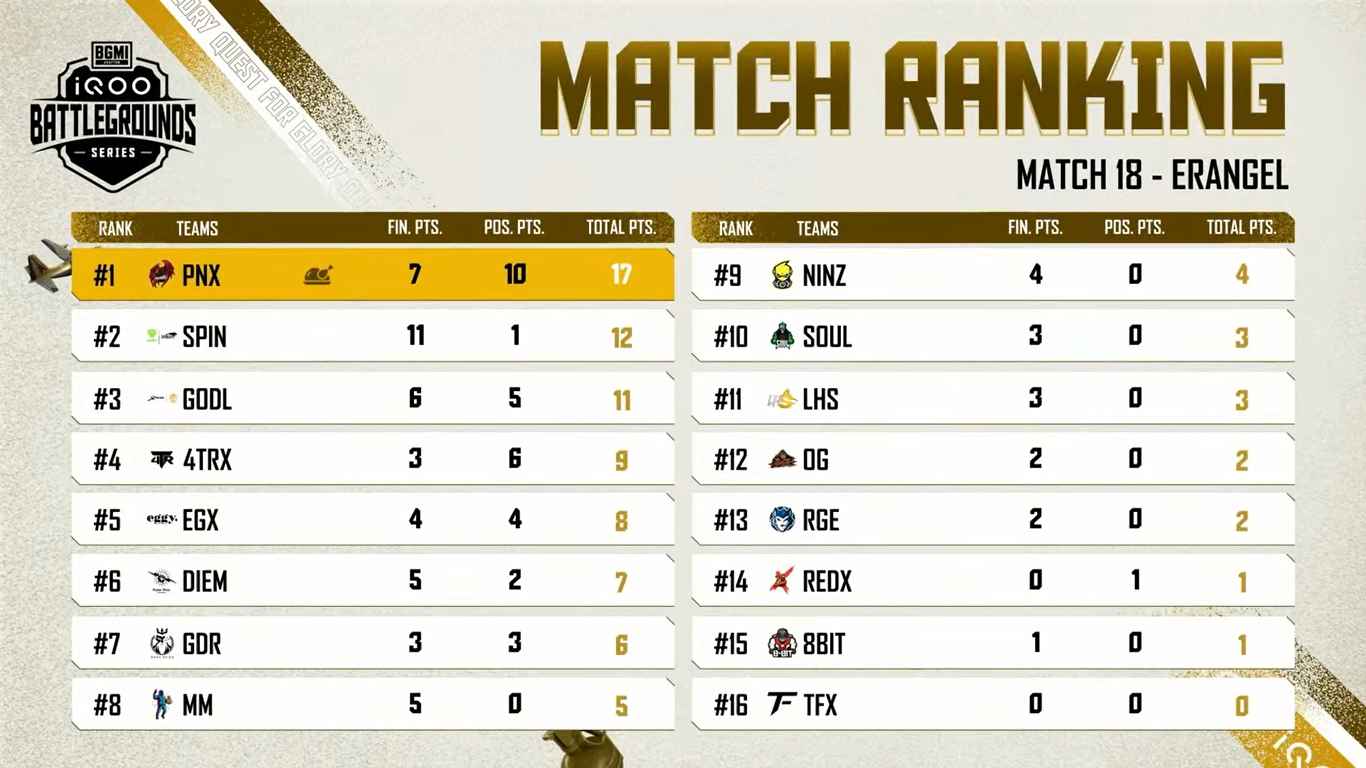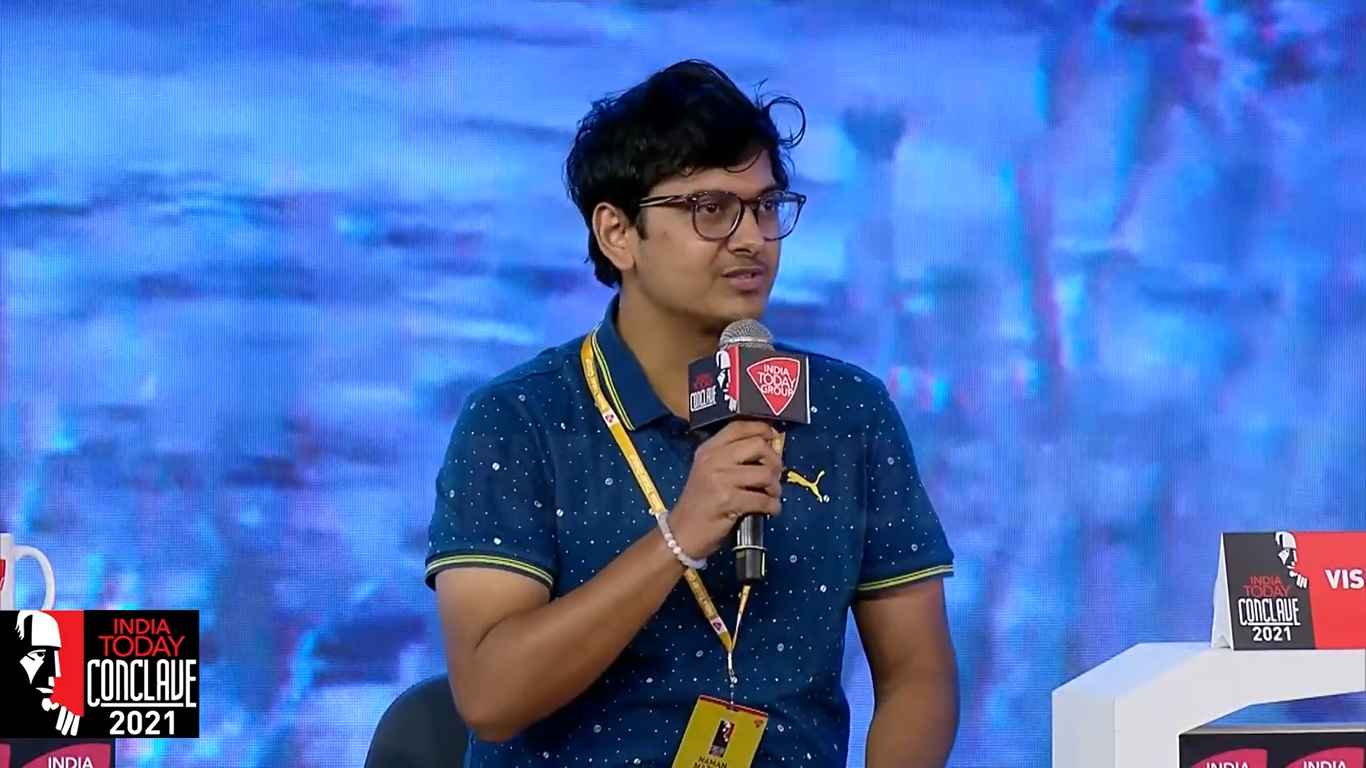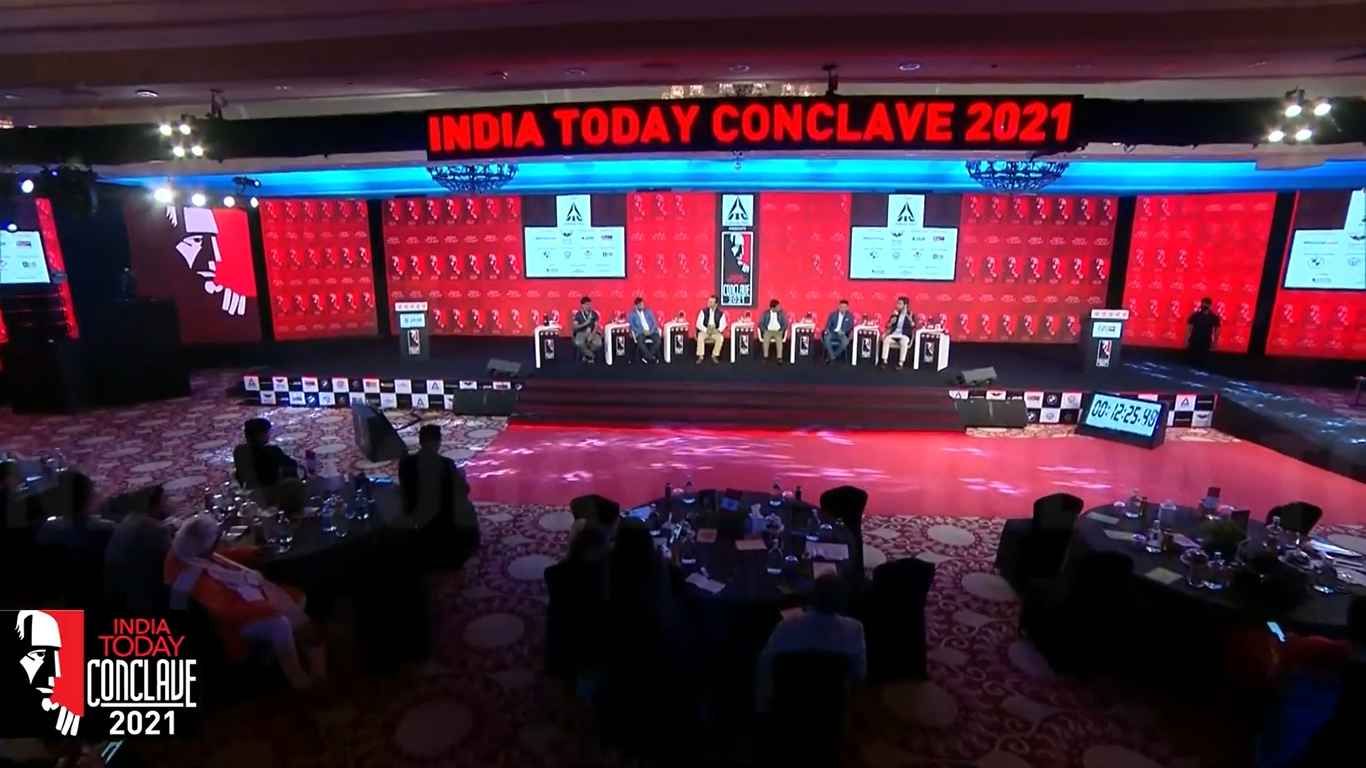Introduction
Esports Career in India: Scope and Struggle explores the growing field of competitive gaming. In this article, you will learn about industry size, career paths, challenges, and strategies for success. You will discover practical tips, real examples, and a clear view of the future. This guide aims to help aspiring players, coaches, and support staff understand what is needed to thrive.

Esports Career in India: Scope and Struggle
Industry Overview
Market Size and Growth
The Indian esports market has seen rapid growth in recent years. Investments from sponsors and tournament organizers have increased prize pools. More viewers tune in to live streams on platforms like YouTube and Twitch. Analysts estimate the market could exceed $1 billion by 2025.
Popular Game Titles
Several game titles dominate the esports scene in India. These include battle royale games, multiplayer online battle arenas, and first‑person shooters. Titles like PUBG Mobile, Free Fire, Dota 2, and Counter‑Strike: Global Offensive attract large player bases. Each title supports local and international tournaments.
Revenue Streams
Esports generates revenue from multiple sources. Sponsorship deals with brands fund team operations. Media rights for streaming events bring in advertising dollars. Merchandise and ticket sales at offline events add to income. Some players earn through streaming and content creation.
Bullet‑Point Summary
- Market size is growing rapidly with corporate backing.
- Major game titles drive competitive events.
- Sponsorship, media rights, and merchandise are key revenue streams.
Key Growth Drivers
Improved Internet Infrastructure
High‑speed internet has expanded to more Indian cities. Affordable data plans make live streaming accessible. Stable connections reduce lag and improve player experience. This growth supports larger online tournaments and remote coaching.
Youth Engagement
India has a young population eager for new entertainment forms. Competitive gaming appeals to tech‑savvy youth. School and college clubs frequently organize amateur tournaments. This grassroots interest feeds professional leagues.
Platform Support
Gaming platforms and sponsors invest in local tournaments. Some global event organizers partner with Indian brands. This collaboration brings world‑class production and prize money to local players. Platforms also offer developer support for Indian content creators.
Bullet‑Point Summary
- Wider high‑speed internet access enables smooth gameplay.
- Youth interest fuels grassroots and collegiate competitions.
- Platform and sponsor investments professionalize the scene.

Major Challenges
Lack of Structured Training
Formal coaching and training programs are limited in India. Most players rely on peer learning or online tutorials. There are few academies with certified coaches or performance analysts. This gap can delay skill development.
Social Perception
Esports often faces skepticism from families and educators. Many still consider gaming a hobby rather than a career. This cultural barrier can discourage aspiring players from pursuing professional paths. Awareness campaigns are emerging to change opinions.
Financial Instability
Income for emerging players can be unpredictable. Prize money depends on tournament success. Streaming revenue fluctuates with viewership. Sponsorship deals may not cover living expenses for new professionals. Financial planning and secondary income streams are crucial.
Infrastructure Limitations
Not all cities have gaming cafes or dedicated arenas. Reliable high‑end equipment is scarce outside major urban centers. Travel costs to competition venues can strain budgets. Local governments have yet to support esports infrastructure fully.
Bullet‑Point Summary
- Training programs and certified coaches remain few.
- Social stigma can deter serious commitment.
- Uneven income demands careful financial planning.
- Infrastructure gaps limit access in smaller cities.
Building an Esports Career
Choosing Your Role
An esports career can take many forms. You can become a professional player, coach, analyst, or manager. Other roles include shoutcaster, event organizer, and content creator. Identify your strengths and interests before committing.
Skill Development
Consistent practice is essential for players. Training with a team helps improve coordination and strategy. Coaches can identify weaknesses and suggest drills. Analysts review gameplay to spot patterns and optimize tactics.
Networking and Community
Joining local clubs and online communities connects you with peers and mentors. Participating in amateur tournaments builds exposure. Networking can lead to team invitations and trial opportunities. Attend gaming conventions to meet industry professionals.
Health and Well‑Being
Long gaming sessions can affect health. Regular breaks, proper posture, and eye care are important. Physical exercise helps maintain fitness and focus. Mental health support, such as counseling, can manage stress and burnout.
Bullet‑Point Summary
- Select a role based on your skills and passion.
- Practice regularly and seek feedback.
- Engage with communities and attend events.
- Balance gaming with physical and mental health care.

Support Systems and Resources
Esports Academies and Bootcamps
Some organizations have started esports academies in India. These offer coaching, equipment, and accommodation. Bootcamps bring together top talent for intensive training. They often include fitness sessions and mental coaching.
Online Learning Platforms
Platforms like Udemy and Coursera offer courses on game strategy and production. You can learn video editing, broadcast techniques, and graphic design. Webinars by professional players and coaches share insider tips.
Government and Institutional Support
Some state governments are recognizing esports as a potential career. Grants and subsidies for gaming centers have been proposed. Educational institutions are forming esports clubs and scholarships.
Sponsorship and Partnerships
Brands in technology, apparel, and beverages sponsor teams and events. Collaboration with telecom companies can provide data perks for gamers. Secure small local sponsors to cover expenses early in your career.
Bullet‑Point Summary
- Esports academies provide structured training and living support.
- Online courses cover strategy, production, and design skills.
- Government bodies are beginning to fund esports initiatives.
- Brand partnerships can ease financial pressures.
Future Outlook
Rising Prize Pools
Prize pools in Indian tournaments have grown sevenfold over three years. Larger pools attract international teams. Indian players gain exposure on global stages and improve their skills through higher competition.
Integration with Traditional Sports
Some cricket and football leagues are adopting esports divisions. Fans can engage with their favorite sports franchises through gaming events. This trend may blur the lines between physical and virtual sports.
Advances in Technology
Faster internet, cloud gaming, and virtual reality will expand accessibility. Lower‑cost VR headsets and 5G networks will enable new formats. These advances promise more immersive experiences and new revenue models.
Educational Pathways
Universities are planning esports degree programs in management and game design. Diplomas in esports analytics and broadcast production may become available. Formal education will professionalize the industry further.
Bullet‑Point Summary
- Prize pools are increasing and drawing global talent.
- Traditional sports leagues are entering esports.
- Technology like 5G and VR will create new opportunities.
- Academic programs in esports will formalize career paths.

FAQ
What qualifications do I need for an esports career?
No formal degree is required. Strong game skills, strategic thinking, and teamwork matter most. Coaching certifications and technical courses can help.
Is esports a stable career in India?
Stability varies by role and success level. Top players and coaches earn stable incomes. Beginners should plan for secondary income until they secure sponsorships.
How can I join a professional team?
Start by competing in amateur tournaments. Build a strong online profile and network with teams. Attend trials and open qualifiers to get noticed.
What is the average earning for Indian esports professionals?
Top players can earn $10,000 or more annually from winnings and sponsorships. Mid‑level professionals may earn $2,000–$5,000 annually, combining all income sources.
Are there scholarships for esports in India?
A few institutions and academies offer scholarships. Esports clubs at colleges sometimes provide financial aid for talented players.
How do I balance studies and esports?
Set a clear schedule with fixed practice times. Prioritize exams and assignments. Use weekends for longer gaming sessions and tournaments.
What support does government provide?
Support is emerging. Some state initiatives offer grants for gaming centers and training programs. Policy frameworks are still in development.
Conclusion
An Esports Career in India: Scope and Struggle involves passion, skill, and planning. The market is growing, but challenges remain. You need practice, networking, and financial planning to succeed. Use available resources like academies and online courses. Stay informed about industry trends and technology advances. Start by identifying your role and setting realistic goals. Your next step is to join a local competition or online community. This experience will build your skills and expand your network.